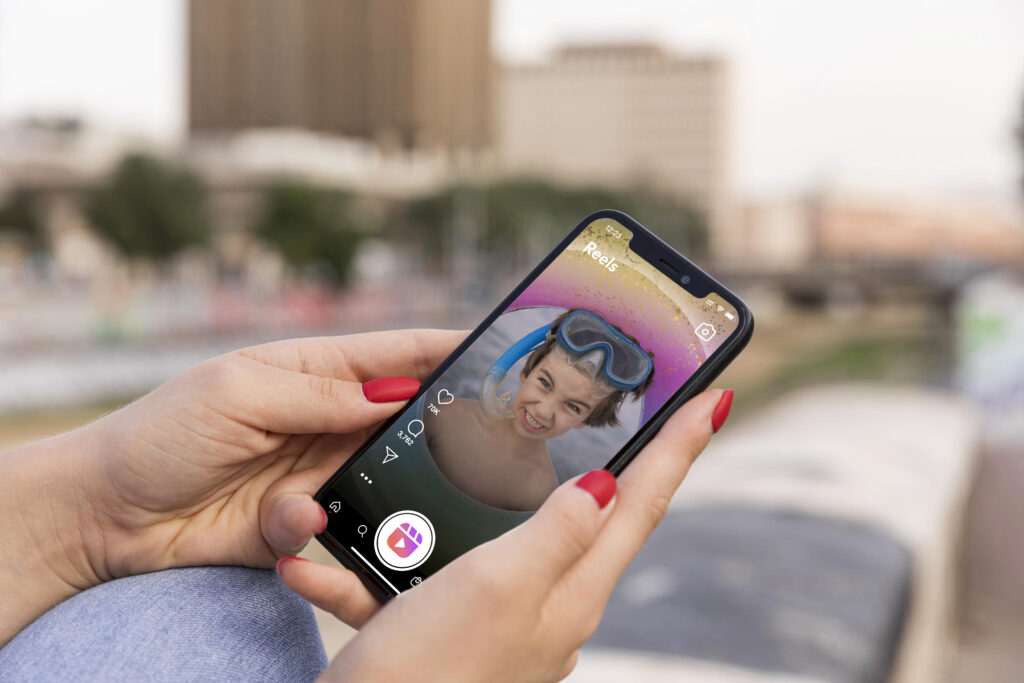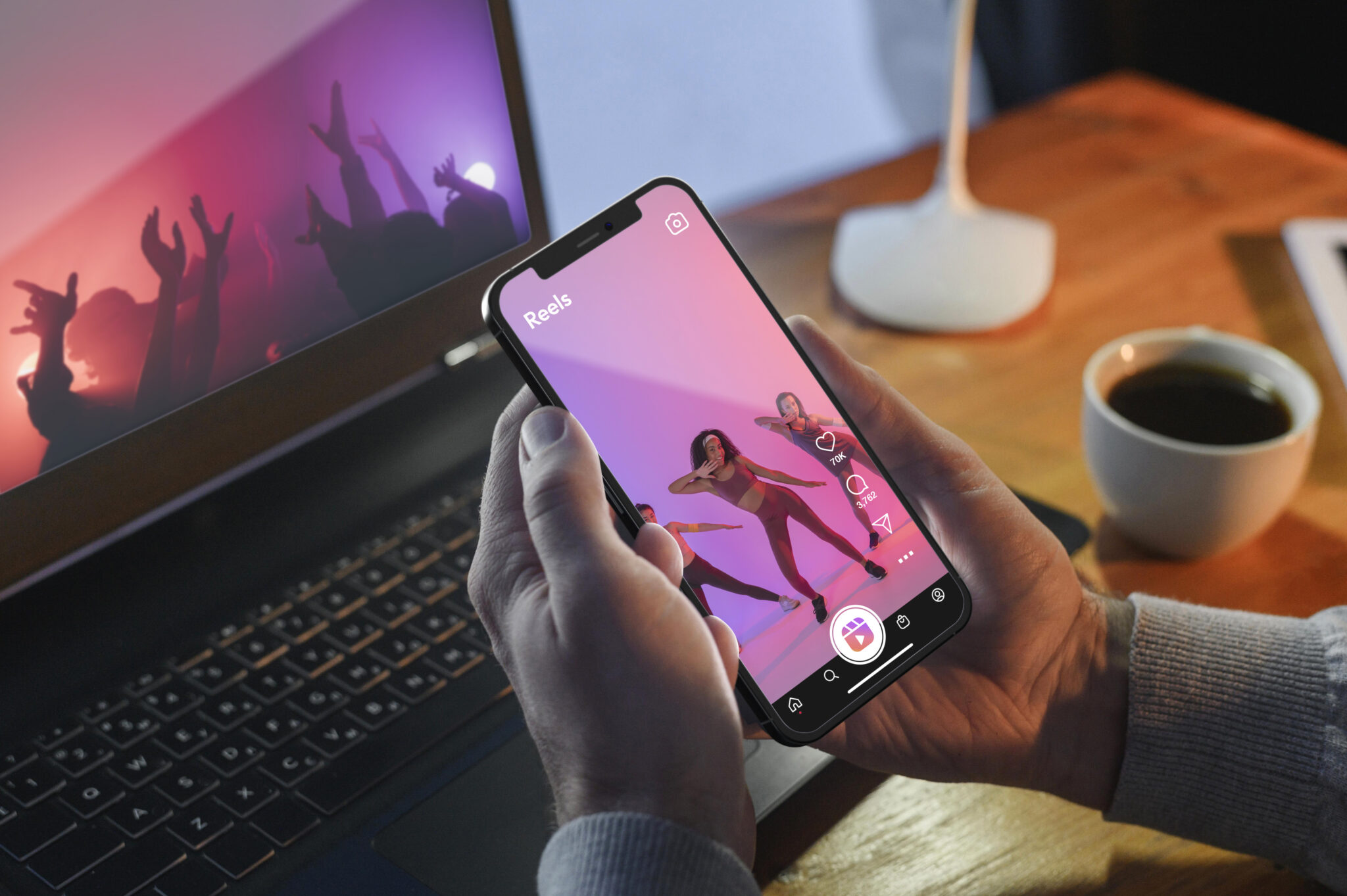TikTok’s meteoric rise redefined how social media content is produced, consumed, and monetized. But as markets mature and users’ expectations shift, the successor to today’s social giant won’t just mimic its format, it must solve the new friction points. In this article, I’ll explore the forces already reshaping the digital-social landscape, spotlight emerging contenders, and suggest how brands and creators can prepare.

The fault lines in TikTok’s dominance
Before predicting what comes next, we need to understand the cracks forming in TikTok’s moat.
- Content fatigue and “trend treadmill” burnout
Users (especially creators) are pushing back on the relentless chase for viral moments. Over time, the pressure to keep up with trends and novelty can lead to burnout. - Algorithmic opacity and trust deficit
TikTok’s feed algorithm is powerful, but it’s also opaque. Audiences increasingly demand transparency about how content is surfaced. - Regulatory & geopolitical risk
TikTok faces scrutiny and potential bans in multiple countries over data, ownership, and national security concerns. These uncertainties create space for alternatives. - Monetization pressure & creator burnout
As creators push for more income stability, they’re experimenting with platforms that give better revenue shares, more control, or diversified monetization tools.
These stresses don’t doom TikTok overnight but they offer openings for rivals that solve for authenticity, creator economics, and immersive engagement.
Emerging paradigms in the post-TikTok era
Here are the major trends reshaping where social media could go next.
1. AI-generated content & “social creation” apps
One of the most intriguing developments is OpenAI’s Sora, a nascent social app where users can generate 10-second videos from text prompts essentially letting AI become a co-creator of content.
In this model, the barrier shifts from production skill to prompt skill, and social sharing becomes remixing and collaboration rather than filming and editing.
This could accelerate content volume, but also raise questions of originality, quality, and authenticity.
2. From short-form to “variable form” storytelling
We already see signs that ultra-short content (15–30s) alone won’t suffice. Platforms are betting on longer, more narrative-rich formats or hybrid formats that mix short and longer content (e.g. commentary, micro-documentaries).
The idea: allow creators to stretch deeper connection when they need to, while retaining bite-sized content for discovery.
3. Immersive spaces: VR / AR / 3D social
Social is heading out of the flat feed and into spatial environments. Virtual Reality and augmented reality have been talked about for years, but as headsets become lighter and more affordable, we may see immersive social worlds gain traction.
Imagine a hybrid between TikTok and VR-chat: short immersive “scenes” instead of vertical scrolls.
4. Niche, decentralized, community-first platforms
Instead of one global feed, users are gravitating toward micro-communities and interest-driven spaces. Threads, Discord, Substack communities, and even smaller social networks are proving that depth beats scale.
These spaces offer stronger identity, less noise, and more meaningful engagement.
5. Social commerce as the gravity center
TikTok catalyzed live commerce and in-app shopping. But the next wave will be native discovery + purchase loops, shopping experiences so seamless that they feel like content, not checkout.
Expect more platforms to weave commerce, creator shops, and product trials into the social fabric itself.

What creators, brands & platforms must do now
- Experiment across formats
Test short, long, hybrid, and AI-generated content. See where your audience leans. - Cultivate direct channels & owned communities
Mailing lists, Discord, exclusive groups give you a hedge against platform shifts. - Layer monetization beyond ads
Think memberships, commerce drops, digital goods, and experience-based revenue. - Design for transparency & trust
Show how your content works. Let audiences peek behind the AI or algorithms you use. - Be nimble and platform-agnostic
Don’t build everything for one platform. Adapt your assets to multiple social modes (video, immersive, audio, AR).
Outlook: the future of social is choice + depth
TikTok will likely continue evolving, but it won’t dominate unchallenged forever. The next big shift may not be one platform, it could be a new grammar of content: AI, immersion, commerce, community, and creator-first economics combining in novel ways.
In the next 2–5 years, platforms that let creators express authentically, monetize fairly, and engage deeply (not just instantly) are primed to rise.
If you like, I can map how your industry or region (e.g., Middle East, or your field) is positioned for this shift, would you like me to do that?






